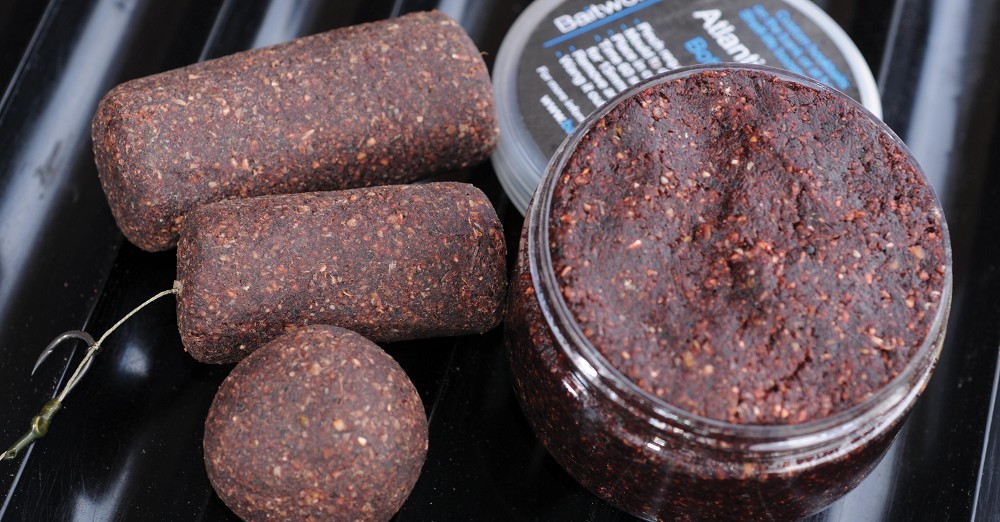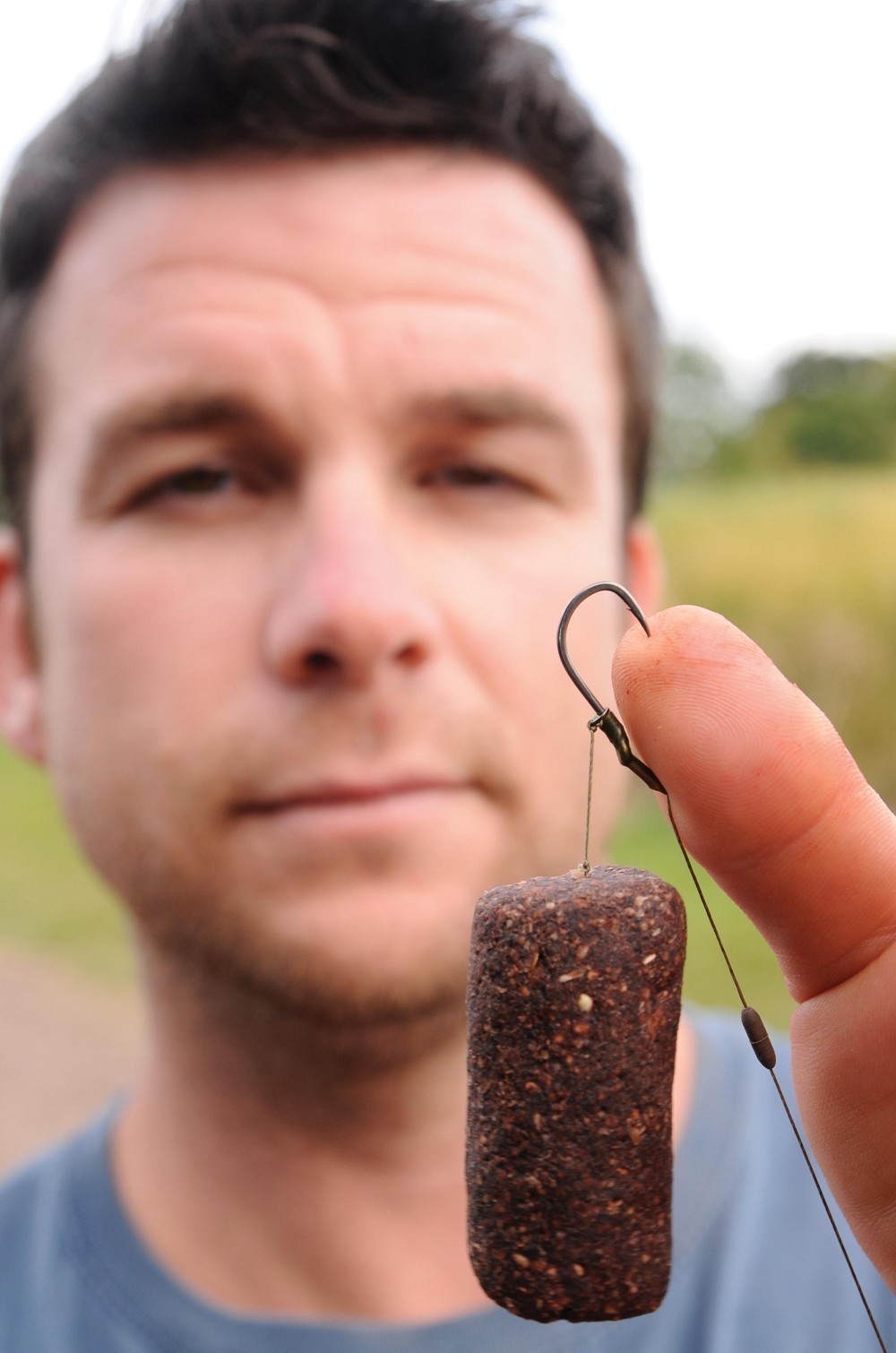
The big bait that catches big carp
If someone told you that there was a hookbait that eliminated tench and bream takes you’d be interested, wouldn’t you…
Have you ever considered how much bait you waste on ducks, tench and bream? Well, Mark Bryant has come up with a simple solution, although it might seem a little unconventional...
“After spending many overnighters plagued by nuisance species, I came up with the notion of using huge hookbaits to deter them. Although not new, you certainly don’t see too many people using them. I had been baiting waters with 18mm baits and by the time the bream and tench had mullered them throughout the night there was very little left in the morning – and what was left was getting picked off by the birds. Therefore, you’re wasting a lot of bait. Okay, I’m in an ideal situation where I own a bait company, but I don’t want to be going to the effort of driving to a venue and putting all that bait out, only for it not to get to the intended targets. Regardless of the venue I now always now put in a kilo or two of bigger baits because I know that they are going to sit there and stay there until a carp eats them.
“I came up with the right sized baits through pure trial and error really. Tench aren’t too bad – you can get away with a 24mm bait, unless there are really big fish present. The only way that they tend to get hooked on 24mm baits or bigger is if they’re sucking around the bait and they suck the hook up, which can happen especially if you use longer Hairs. Bream, on the other hand, have bigger mouths. At their full extent, bream with big mouths can fit a 30mm bait in. Even if they can’t, they still seem to be able to suck the hook in as they worry at the bait. By making my big hookbaits as long barrels, the bream just don’t seem to be able to get the baits back to crush them. That’s why, given the choice, I use the longer sticks.
“There is an upper limit of course. A lot of the younger fish, which are up to ten-years-old and can be reaching 40lb, have much smaller mouths and heads than some of the older fish. Some of the fish that I’m targeting are thirty- or forty-years-old and, just like human’s ears, their heads keep growing. Therefore, a selective bait for me would be a 30mm diameter barrel that’s getting on for two- or three-inches long. I know that anglers on the Continent have used baits as large as 60mm, which is about the size of a coffee cup. I see no reason to go above the size that I’m using though, because I simply want to avoid the tench and bream. As soon as these nuisances are eliminated there’s no reason to go any bigger.
“It does take a leap of faith to cast one of these baits out, but the first carp that I caught on one was 27lb. I checked with the hookbait and you could spin it round in his mouth, plus he was well hooked so I was happy.
“These baits aren’t balanced at all; in fact, it’d be a major disadvantage to have them balanced because the bream and tench could bump them about more easily, potentially blunting the hook. Once a carp has been pricked, the weight of the ejected bait helps to drive the hook home.
“I’ve used a few rigs with this and went completely away from the stiffer materials because no matter how stiff a boom you use, you aren’t going to be able to kick that bait away. I went back to simple braid and the bait is heavy enough that it acts like a big stringer and bounces away from the leader, preventing tangles. I always use a size four hook or bigger because I found that the fish could use the weight of the bait to throw smaller hooks. If I can, I’ll use a four-and-half or five-ounce flat inline pear with this rig. It’s really important that the rig is set up blowback style because it allows the weight of the bait to slide down the shank and ensures that the bait can’t be used to shake the hook out like it could if it were used with a piece of silicone up near the bend for instance. Lastly, I add a Sinker to the link because you don’t have any control over how far the bait falls from the lead and I want any loops to be pinned down flush to the lakebed.”





